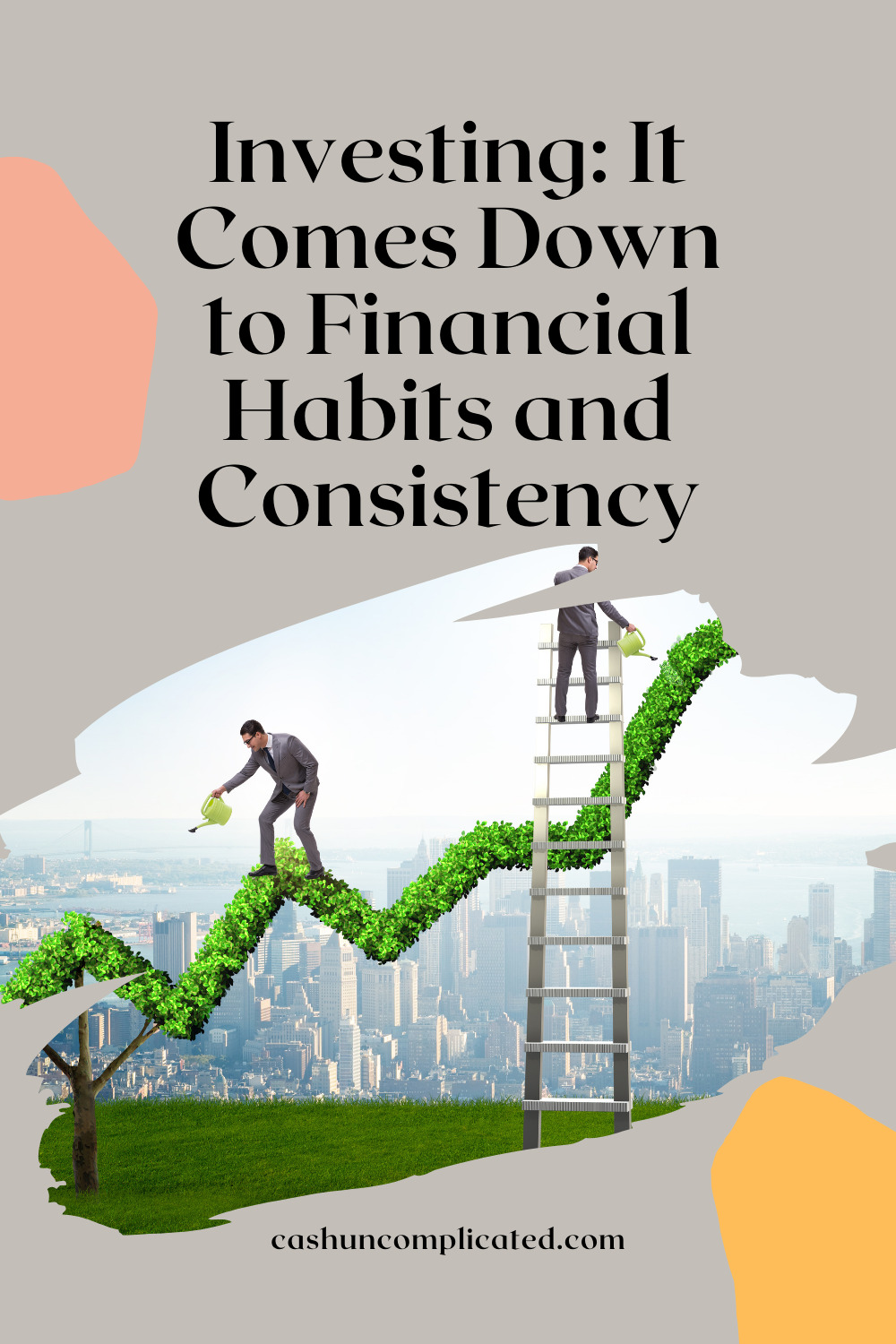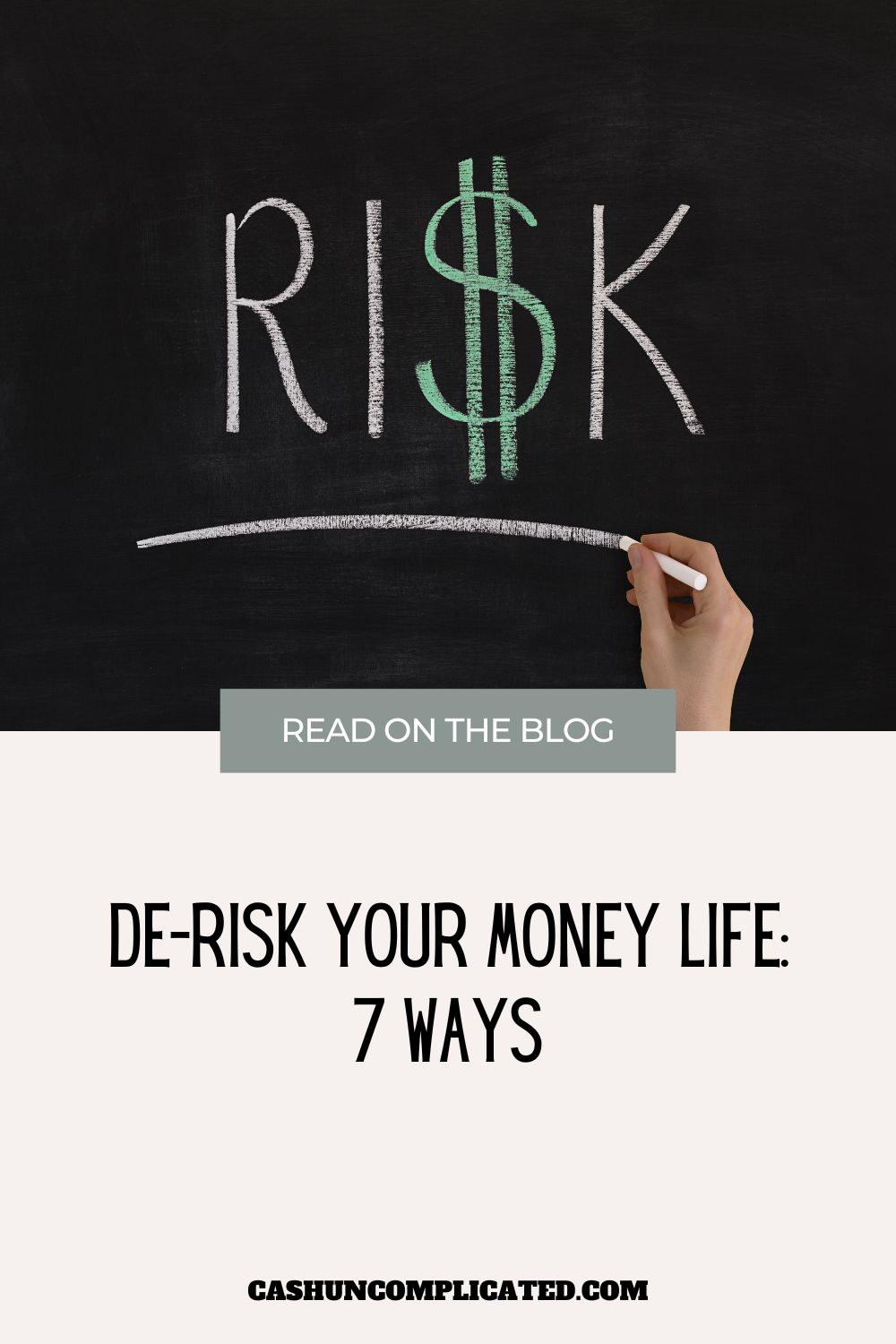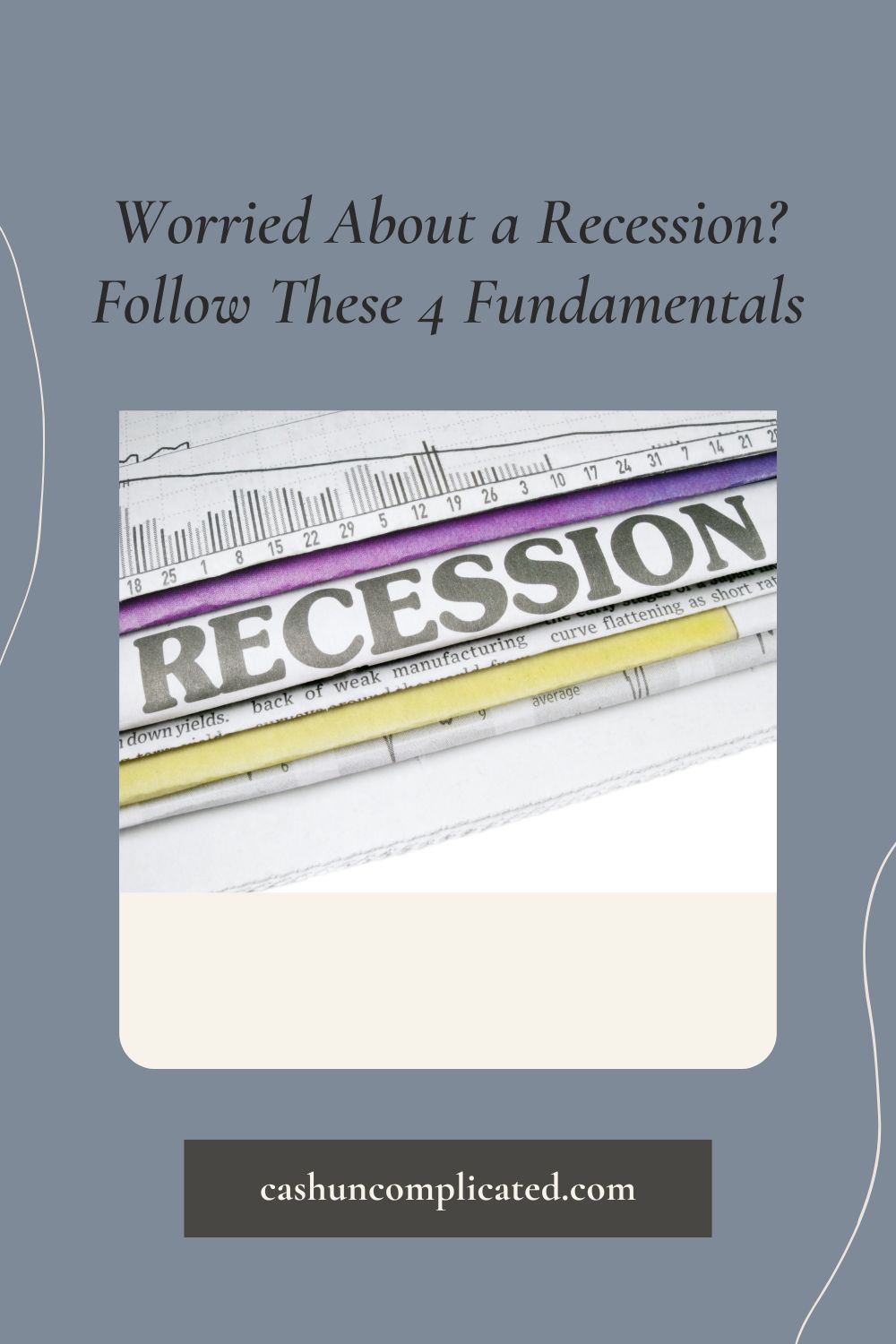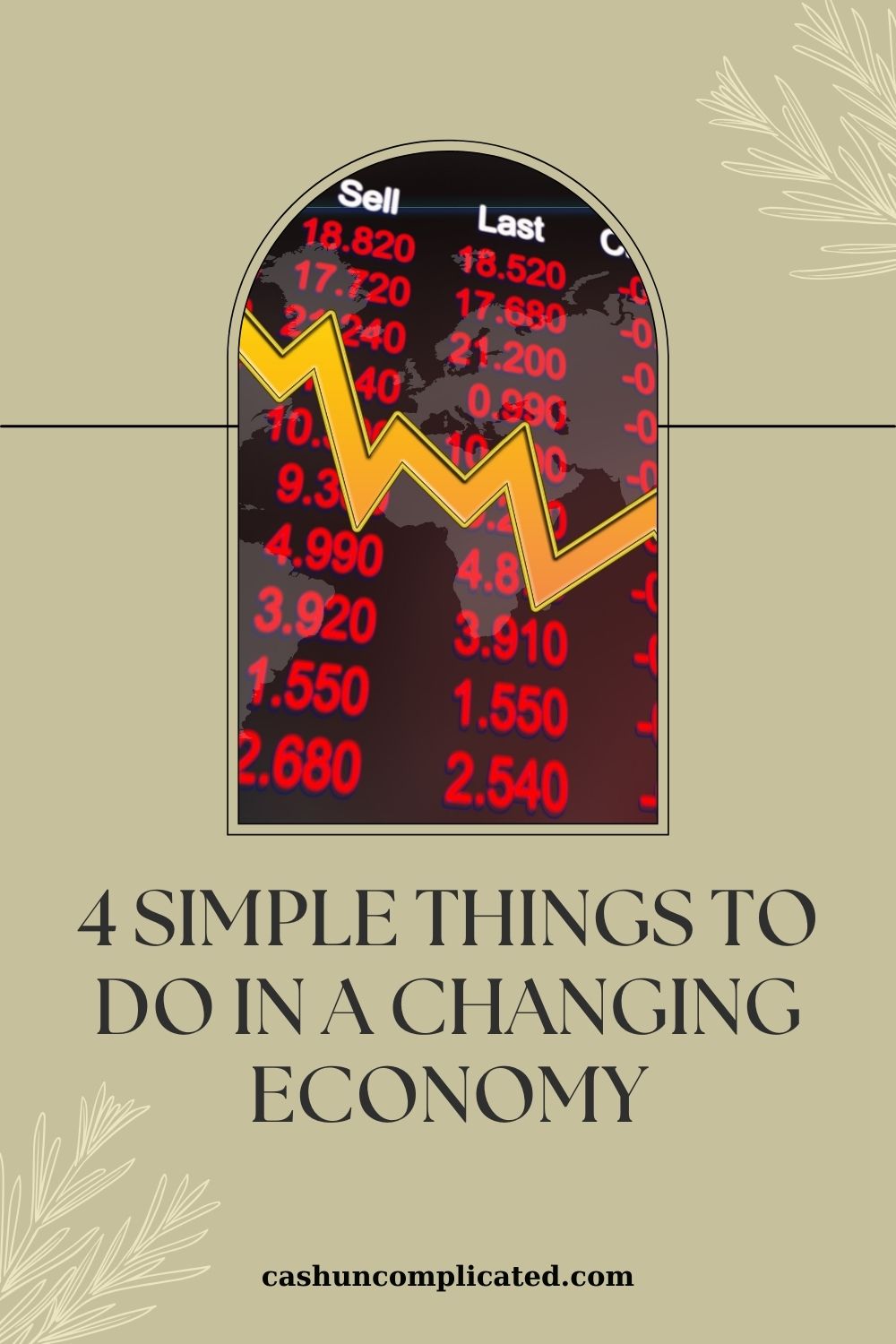For new investors especially, it can be intimidating to start investing. One of the myths I write about in The 12 Money Myths You Should Ignore is that investing is only for the wealthy. In that post I write about the stereotypes of wealth and investing—images of yachts, helicopters, and 10,000 square foot mansions. While it’s true that rich people do invest, it’s also true that anyone can invest. It comes down to financial habits and consistency.
The reality is you don’t have to be the smartest person in the room or an expert stock picker to be a great investor. What’s most important is financial habits and consistency.
Hypothetical Scenario
Let’s create a scenario of someone who begins working full time at age 22. We’ll name this person Dustin. Suppose Dustin starts at a modest salary of $40,000 per year. For the sake of ease and not having to go through expected raises, let’s use $40,000 as our number for the duration of Dustin’s working career.
If Dustin begins investing 10 percent of his salary in a low cost index fund beginning in his first year of employment, he’ll be in the market for a long time. This gives him the huge advantage of extended time in the market. There’s an old adage that time in the market beats timing the market.
10 percent of Dustin’s $40,000 salary is $4,000 per year. That’s $333.33 per month Dustin must invest to maintain his 10 percent contribution. Since Dustin is starting at such a young age, we can assume he’s going to be in the market at least 20 plus years, likely closer to 30 or 40 years. After 20 years, he’d have $252,010. Of course he’d only be 42 years old at this point so let’s run the numbers for 30 and 40 years.
In 30 years, or when Dustin is 52 years old, he is projected to have earned $723,774. After 40 years, or when Dustin is 62 years old, he is projected to have earned $1,947,407. That’s really good money and will likely give Dustin a very comfortable retirement.
Dustin isn’t doing anything special with his investments—all he did was maintain excellent financial habits and consistency. He never even raised his contributions, which most people do as they start to earn more. Nothing he did is exceptional or hard to replicate–we can all maintain good financial habits and consistency.
20 Percent of Income
To take it a step further, if Dustin invested 20 percent of his income, he would be in an even better financial position. We’ll continue to assume he starts investing in a low cost index fund at 22 years old. The only change is he’s going to invest 20 percent instead of 10 percent.
- After 20 years he’d have $504,020
- After 30 years he’d have $1,447,547
- After 40 years he’d have $3,894,814
Wow! Just by consistently investing 20 percent of his income, someone with an average salary like Dustin can become a multi-millionaire. This is a guy who does nothing special investing-wise other than having good financial habits and consistency.
A Later Start
In our example, Dustin has the advantage of time in the market. Since he started investing at 22, he’s got years and years to take advantage of compounding. Which brings up the question, what about someone who starts investing later in life?
This is a common question and something many people experience. I myself dabbled in investing in my 20’s but wasn’t consistent. I had a habit of contributing and pulling money out. By the time I was 30, I don’t think I had anything in an investment account. So I was one of those late starters and can definitely relate to others who also got a late start.
Since Dustin was 22 years old when he started investing, he was able to contribute just 10 percent of his income and allow compounding to occur over the course of 30 to 40 years. If you didn’t start investing in your early 20’s, there’s no need to panic. There are plenty of ways to catch up without having to take major risks or use all of your money to invest.
Many Ways to Reach a Million
A few months back I wrote a blog post The Road to a Million: How Much You Need to Save to Get to One Million Dollars and More. In the post, I outlined multiple ways to reach one million dollars and more. The good news is that starting early is just one of the ways to reach one million.
There’s a plan for everyone, including those who get a late start. Here are a few examples of the monthly contributions required to achieve one million, assuming a 10 percent rate of return.
- 2 years at $500/month
- 6 years at $1,000/month
- 5 years at $2,000/month
- 3 years at $3,000/month
No Guarantees
There’s no guarantee that one million dollars will be enough to retire on, but it is a nice round number to use an example. Additionally, many people consider one million to be out of reach—these examples show it’s not.
Although we aren’t using Dustin as an example anymore, we’ll continue to use his $40,000 per year salary. $500 per month invested is 15 percent of that salary. $1,000 per month invested is 30 percent of that salary, and $2,000 per month invested is 60 percent of that salary. $3,000 per month is almost 100 percent so that’s not really possible here.
Investing 15 percent of that income is definitely achievable. 30 percent will be challenging, and 60 percent will be very challenging.
The really good news here is that we are running the numbers at $40,000 to provide simple examples. The reality is that someone making $40,000 at age 30 or 40 is probably going to be making more than that 10 years from now. And more than that 15-20 years from now.
Another thing to factor in is that at some point, someone making $40,000 (or any amount of money) will start a relationship with someone and become a combined income household. For our examples, we assumed that didn’t happen, but it very well could.
There are additional variables like paying off a house early and receiving an inheritance that aren’t factored in, but could happen. Not to mention the likely scenario of advancement in a career that allows for increased wages. Some of that will be eroded by inflation, but a lot can be used to invest more. All those factors would lead to an ability to increase monthly contributions.
Have to be Consistent
Whether someone gets a late start in investing or starts in their early 20’s, consistency is key. In any hypothetical scenario, consistency is the one constant factor. Whether you get started investing when you’re 22 like Dustin, or in your 40’s, the key is to be consistent. Start and stops, and pulling money out prohibits compounding from occurring.
Taken from my quick read about inflation and investing, Fidelity cited a hypothetical scenario of market returns from January 1st, 1980 through March 30th, 2020. This scenario tracked someone with an initial investment of $10,000 on January 1st, 1980.
In this scenario, if the person stayed in the market all of the days until March 30th, 2020, that initial $10,000 investment would have turned into $697,421. Other key findings:
- If they missed the best five days, they’d have $432,411
- If they missed the best 10 days, they’d have $313,377
- If they missed the best 30 days, they’d have $115,481
- If they missed the best 50 days, they’d have $48,434
Time in the market beats timing the market. Or in other words, be consistent and get in as early as possible.
This is why this post is titled the way it is. So many people think you have to be a brilliant stock picker, hedge fund manager, or a real estate savant to be successful with investing. It’s just not true.
Anyone can invest—it’s just about being consistent. Yeah, it sounds kind of boring to consistently invest month after month, year after year. But it works and gives us all an opportunity to be successful investors.
Do you consistently invest or are you more like I was in my 20’s when I kept pulling money out?







